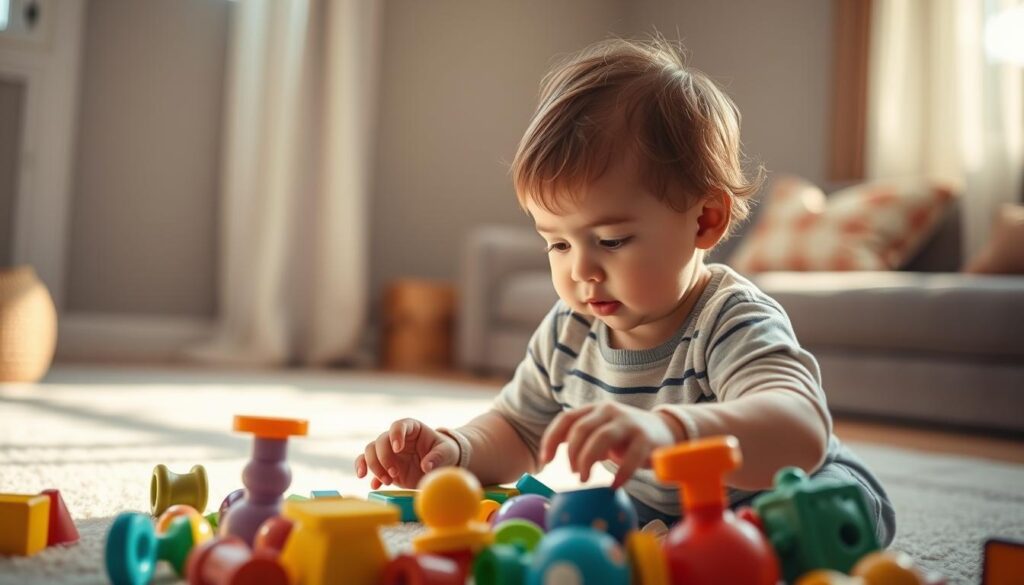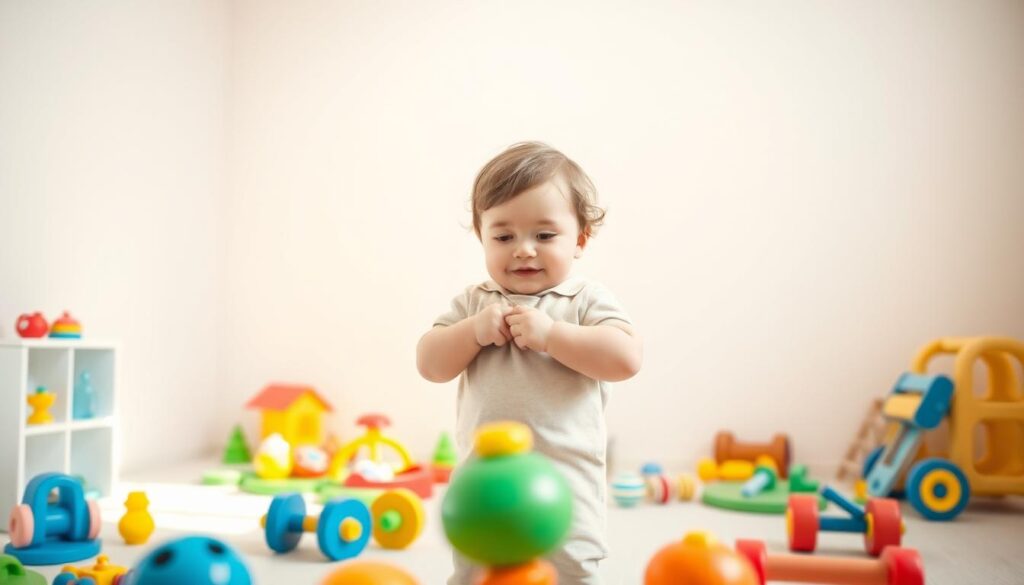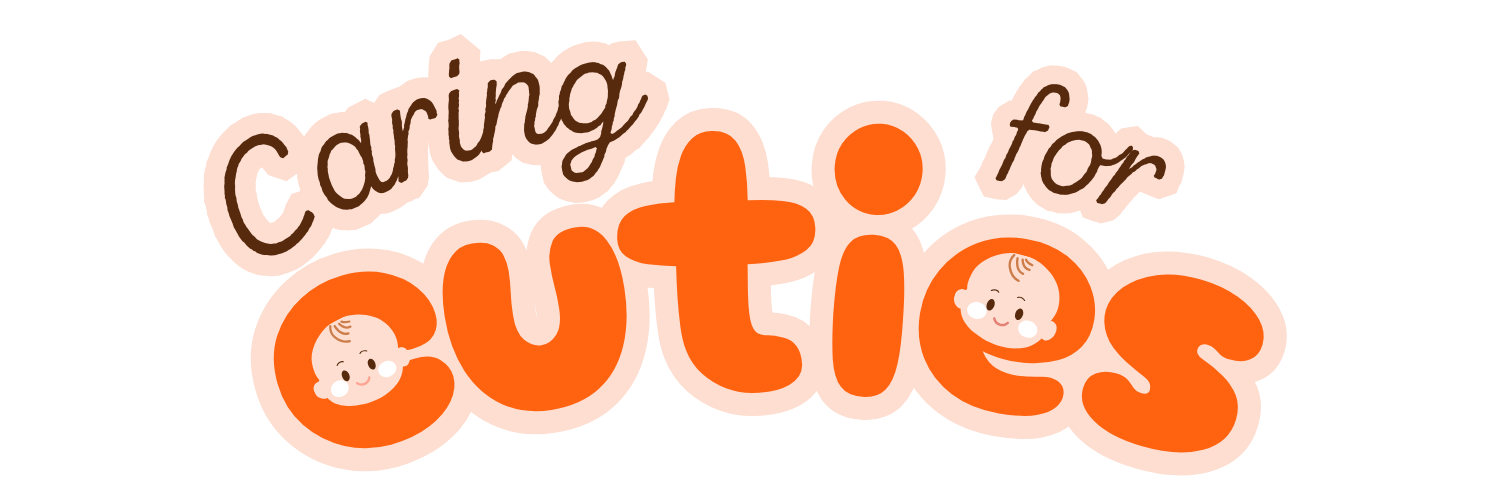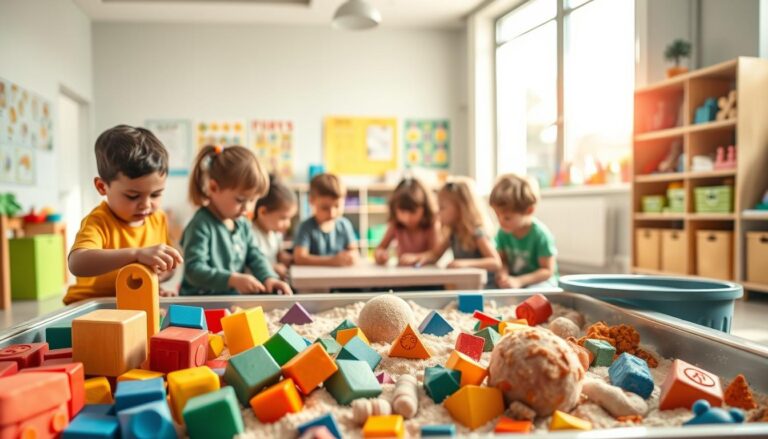As parents, watching your child grow is both a joy and a challenge. One of the most memorable moments is when they start saying, “Me do it!” This phase, typically between 18 to 36 months, marks the beginning of their journey toward autonomy. Encouraging toddler independence during this stage not only fosters confidence but also helps them develop essential life skills. It’s a time filled with pride, but also a mix of emotions as you navigate this new chapter while supporting their growing need for self-reliance.
Fostering independence in your child is not just about letting them try new things. It’s about building their confidence and helping them develop essential life skills. From tying their shoes to making simple choices, these small steps prepare them for school and beyond. The process can be tricky, but the long-term benefits are worth it.
Every child is unique, and what works for one may not work for another. This article explores 8 proven strategies to support your child’s growth. These tips blend developmental theory with practical advice, making it easier for your family to embrace this exciting stage.
Key Takeaways
- The “Me Do It” stage is a critical time for children to assert their independence.
- Parents often feel a mix of pride and sadness during this phase.
- Fostering autonomy helps build self-esteem and skill mastery.
- Strategies should be tailored to fit each child’s temperament.
- Supporting independence early can ease transitions, like starting school.
Why Encouraging Toddler Independence Matters
Helping your child take small steps toward independence can shape their future in meaningful ways. When children are given opportunities to try things on their own, they develop essential skills and build self-esteem. This process is not just about letting them explore—it’s about preparing them for life’s challenges.

The Developmental Benefits of Independence
During the early years, a child’s brain is rapidly developing. Allowing them to make choices and solve problems fosters critical thinking. According to Erikson’s stages of development, children between 18 months and 3 years experience the autonomy vs. shame and doubt phase. Supporting their independence during this time helps them feel capable and secure.
Studies show that children who are encouraged to explore independently exhibit 40% higher resilience in preschool. For example, toddlers who dress themselves often persist longer on difficult tasks. This resilience translates into better problem-solving abilities as they grow.
How Independence Builds Confidence
When children are given the chance to take care of small tasks, they gain confidence in their abilities. Simple activities like choosing their clothes or helping at home can make a big difference. Caregivers who talk through these choices often see a 30% increase in their child’s vocabulary, linking independence to language development.
Child-led play is another powerful way to build confidence. Research shows that children who engage in self-directed play experience a 65% reduction in separation anxiety. This type of play allows them to explore their interests and develop a sense of control over their environment.
Create a Toddler-Friendly Environment
A well-designed home environment can make a big difference in your child’s development. By setting up spaces that are safe and accessible, you give them the freedom to explore and learn. This not only builds their confidence but also helps them develop essential skills.
Set Up Safe Spaces for Exploration
Safety is the first step in creating a toddler-friendly home. Start by anchoring furniture and using outlet covers to prevent accidents. Designate “yes spaces” where your child can play freely without constant supervision.
Montessori-inspired designs work well. Place open shelves at eye level with 5-8 activity choices. This encourages decision-making and keeps them engaged. Labeled bins can also improve kindergarten readiness by 22%, making organization a fun learning activity.
Provide Accessible Tools and Toys
Accessible tools and toys empower your child to take on small tasks independently. For example, silicone knives are great for banana slicing, and step stools with grippy feet help them reach sinks or countertops safely.
Create problem-solving stations with puzzle shelves or DIY sensory bins filled with measuring cups. These activities promote critical thinking and fine motor skills. One parent shared, “Color-coded laundry baskets let our 2-year-old sort socks independently.”
| Safety Tip | Benefit |
|---|---|
| Anchor furniture | Prevents tipping accidents |
| Use outlet covers | Protects from electrical hazards |
| Create “yes spaces” | Encourages safe exploration |
| Labeled bins | Improves organization skills |
Offer Choices to Empower Your Toddler
Giving your child small choices can be a game-changer in their development. It’s a simple yet powerful way to help them feel in control and build essential skills. From picking their clothes to deciding on snacks, these decisions shape their confidence and sense of responsibility.

How to Present Age-Appropriate Options
Start by offering two alternatives, like “Green shirt or blue shirt?” This approach, known as the “Two Yeses” Rule, ensures both options are parent-approved. Timing is key—present choices when your child is calm, such as after a nap, to reduce frustration.
As your child grows, gradually increase their freedom. Begin with simple tasks like choosing clothes, then advance to snack selections by age 3. Research shows that limiting options to two or three reduces anxiety and helps them feel more confident in their decisions.
The Impact of Decision-Making on Independence
Practicing decision-making can reduce tantrums by 38%. When children make choices, they learn to trust their judgment and develop problem-solving skills. One parent shared, “Tracking five daily choices in a decision journal helped our child build executive function.”
By giving your child the opportunity to decide, you’re preparing them for bigger responsibilities in the future. It’s a small step that makes a big difference in their growth and independence.
Encourage Toddler Independence Through Daily Activities
Daily routines are a great way to help your child grow and learn. By involving them in simple tasks, you can build their confidence and teach essential life skills. These activities also create opportunities for bonding and fun.
Involve Them in Household Chores
Chores are a fantastic way to teach responsibility. Start with small tasks like sorting cutlery or stacking plates. These activities not only keep them engaged but also improve their fine motor skills.
Set aside 15 minutes each day for “toddler time.” This buffer reduces power struggles by 50% and makes chores feel like play. For example, let them feed the pet with measured scoops or wipe baseboards with a microfiber mitt.
Turn Routine Tasks into Learning Opportunities
Everyday activities can be transformed into skill-building moments. During bath time, try floating and sinking experiments with toys. At the grocery store, say, “You carry the bananas; I’ll get apples.” This teaches teamwork and decision-making.
Pouring practice is another great activity. Start with rice and move to water as they improve. Matching socks is a fun way to develop problem-solving skills. One parent shared, “We use a visual timer for 10-minute cleanup races.”
| Activity | Skill Developed |
|---|---|
| Sorting cutlery | Fine motor skills |
| Pouring practice | Hand-eye coordination |
| Sock matching | Problem-solving |
| Pet feeding | Responsibility |
Build Independence with Play and Problem-Solving
Playtime is more than just fun—it’s a key way for kids to grow and learn. Through play, children develop essential skills like creativity, critical thinking, and resilience. These activities also provide opportunities for them to explore their interests and solve problems on their own.
Encourage Independent Play
Independent play allows children to explore their creativity and build confidence. Start with short increments, like 5-10 minutes, and gradually increase the time. This helps them get used to playing on their own without feeling overwhelmed.
Provide open-ended toys like Magnatiles, play dough, or dress-up scarves. These items encourage imagination and keep kids engaged. As they grow, their play will progress from parallel play to self-directed projects, fostering deeper learning.
Teach Problem-Solving Skills
Problem-solving is a vital skill for kids to learn. When they face challenges, guide them with questions like, “I see you’re stuck. What could we try first?” This approach helps them think critically and find solutions on their own.
To build frustration tolerance, try the emotion color system. Label feelings with colors to help kids identify and manage their emotions. For example, a child who built block towers daily improved spatial reasoning by 12 months, showing the power of persistence.
| Activity | Skill Developed |
|---|---|
| Magnatiles | Creativity and spatial reasoning |
| Play dough | Fine motor skills |
| Dress-up scarves | Imagination and social skills |
| Block towers | Problem-solving and persistence |
Adapt to Your Toddler’s Unique Needs
Every child grows at their own pace, and adapting to their rhythm is key. As parents, it’s important to recognize their developmental milestones and tailor your approach accordingly. This not only supports their growth but also helps them feel understood and valued.
Recognize Their Developmental Pace
Observing your child’s development is the first step in understanding their needs. Some children may walk early but talk later, while others might excel socially but take more time with fine motor skills. This variation is normal and doesn’t necessarily indicate an issue.
For example, highly social children may thrive with more interaction, while others prefer quiet play. Pay attention to their cues and adjust your activities to match their interests. This effort helps them feel confident and supported in their growth.
Be Flexible in Your Approach
Flexibility is essential when guiding your child through their early years. If they love routines, a visual schedule can provide a sense of security. For active climbers, outdoor time can be a great way to channel their energy.
Balance is also important. While educational apps can be helpful, hands-on exploration often yields better results. One parent shared, “Swapping childcare days with a neighbor gives me time to recharge and come back refreshed.” This approach benefits both parents and children.
By adapting to your child’s unique needs, you create an environment where they can thrive. This not only supports their development but also strengthens your bond as a family.
Conclusion
Supporting your child’s growth is a rewarding journey filled with small victories. The 8 strategies shared here build essential skills for school and life. Start with 1-2 changes this week to make the process manageable and enjoyable.
As your child gains confidence, you’ll see their personality shine. “Independence isn’t losing your baby—it’s meeting the amazing person they’re becoming.” Celebrate their progress, even if they put shoes on the wrong feet!
For a helpful guide, download our printable “Independence Milestones” checklist. Every step counts in preparing your child for the years ahead. Together, your family can navigate this exciting phase with ease and joy.





